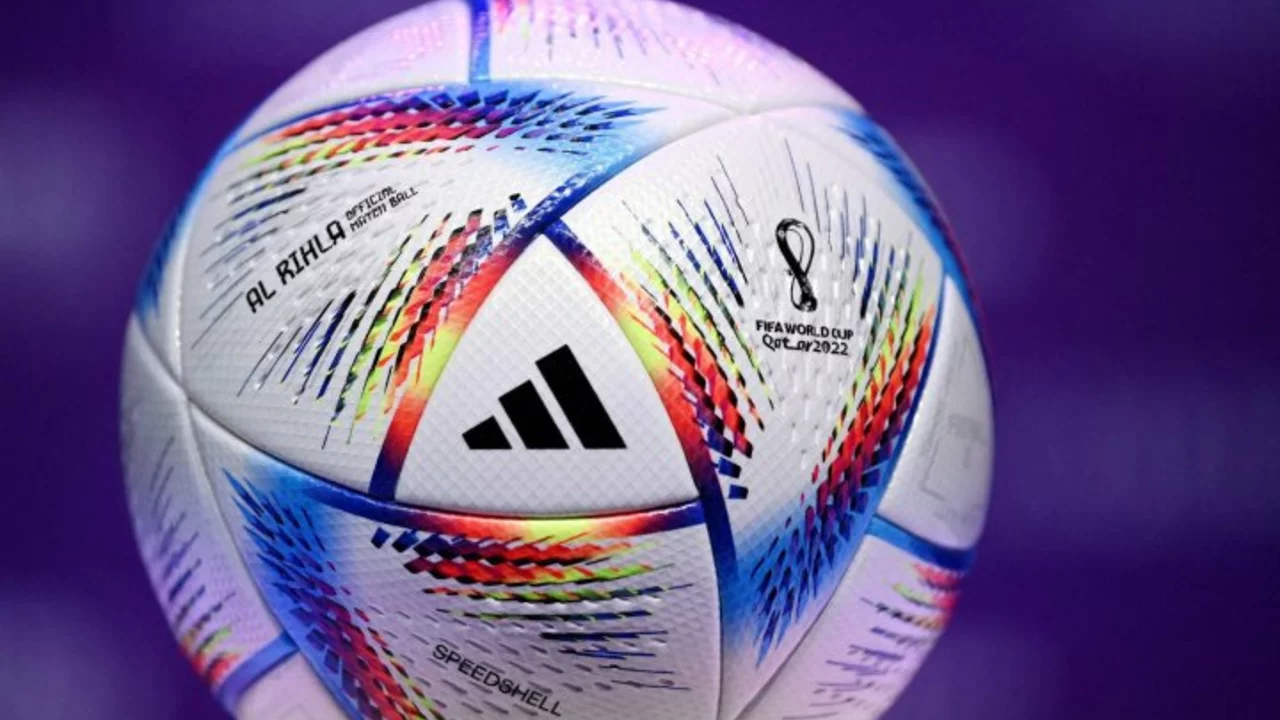Criteria for Smart Soccer Analysis
When you start breaking down a match, you need a set of criteria that tells you what to look at. Without clear standards, it’s easy to get lost in numbers or opinions that don’t matter. Below you’ll find simple ways to pick the right criteria, why they matter, and how to apply them every time you watch or write about football.
Why Clear Criteria Matter
Good criteria act like a filter. They separate useful data from background noise. For example, counting every pass a defender makes is less helpful than measuring successful forward passes that create chances. Clear criteria also let you compare players, teams, or leagues on the same footing, so your conclusions feel solid and not just a gut feeling.
Simple Steps to Define Your Criteria
Step 1: Decide the purpose. Are you scouting a defender, rating a manager, or ranking a league? Your goal decides which stats matter. Step 2: List the most relevant metrics. For a striker, look at shots on target, conversion rate, and expected goals. For a midfielder, focus on key passes, ball recoveries, and distance covered.
Step 3: Set realistic thresholds. Instead of saying “more than 5 passes is good,” compare the player’s average to the league average. If the league average is 30 passes per game, a 45‑pass performance stands out. Step 4: Keep the list short. Five to seven criteria are enough to stay focused and avoid analysis paralysis.
Step 5: Test and tweak. After a few matches, see if your chosen criteria actually predict outcomes you care about. If not, replace the weak ones with better alternatives. This trial‑and‑error loop keeps your analysis sharp and relevant.
Let’s see a quick example. Suppose you want to rank the best goalkeepers in the Premier League. You might start with saves per game, clean sheets, and goals‑against‑average. After a month, you notice that goalkeepers with a high save‑percentage also have fewer errors leading to goals. Add “error‑leading‑goals” to your list and drop a less informative metric like total minutes played.
Another tip: blend quantitative data with a few qualitative points. Numbers tell you what happened, but a short note about leadership, positioning, or confidence adds depth. That way, your analysis feels balanced and not just a spreadsheet.
When you write a post or share insights on social media, show the criteria up front. Readers instantly know the lens you’re using, which builds trust. For instance, start with: “I’m rating defenders based on tackles won, interceptions, aerial duels, and error rate.” Then walk through each metric with a brief explanation.
Finally, remember that criteria can evolve. New stats like expected assists or pressure events become available as data providers improve. Stay curious, test new numbers, and keep refining your checklist. The better your criteria, the clearer your soccer analysis becomes, and the more your audience will respect your opinions.
How did they choose who should host the World Cup 2022?
The choice for the World Cup 2022 host was quite a process! The decision was made by FIFA's then 24-member Executive Committee, who vote in a secret ballot. Countries submitted bids with detailed plans for stadiums, infrastructure, and how they would handle the event's logistics. Qatar won the bid for 2022, controversially beating out the USA, Australia, South Korea, and Japan. Despite the controversy, it's set to be a historic event as the first World Cup held in the Middle East.
